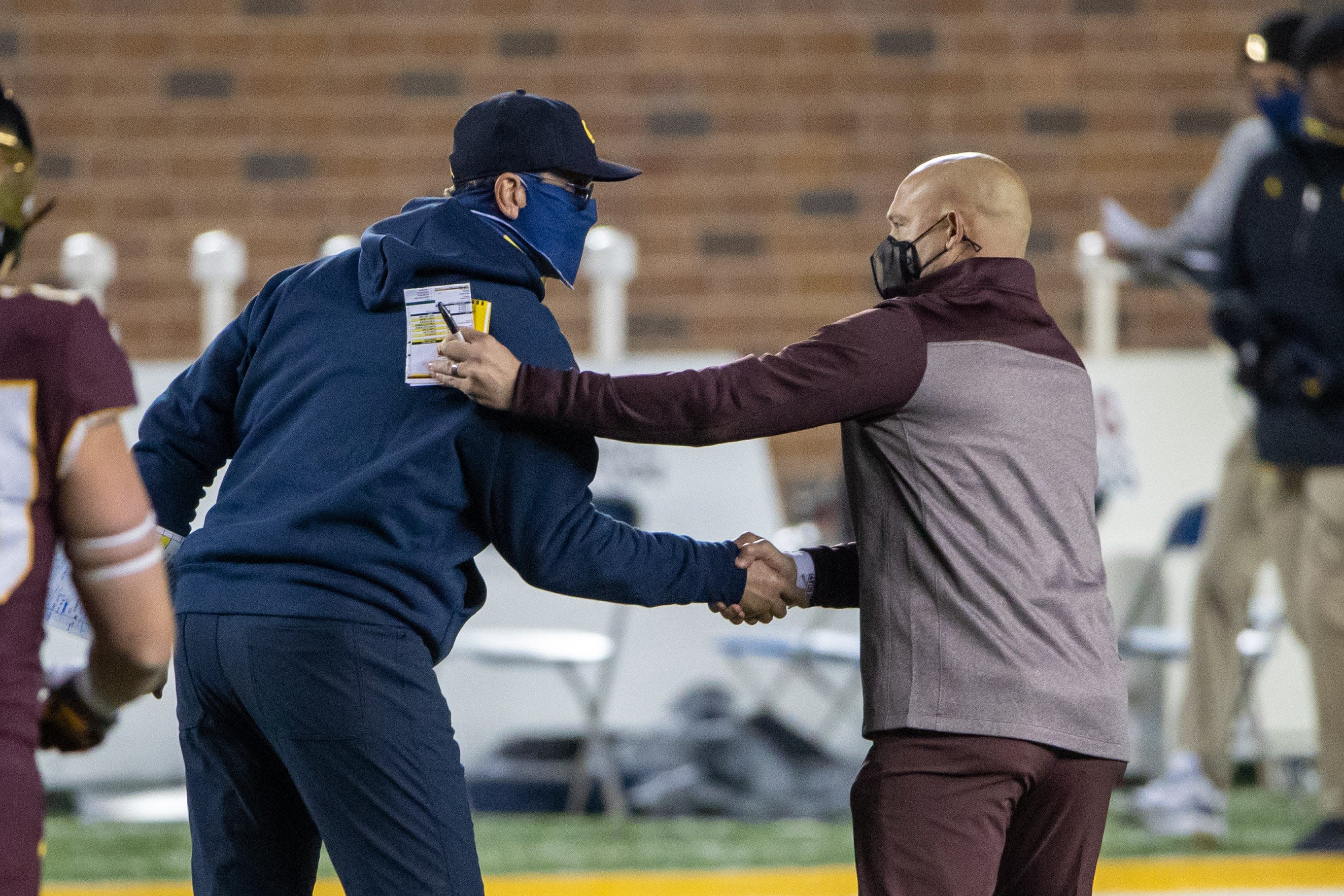The first time the architect and designer David Rockwell and the restaurateur Melba Wilson worked together was in 1996. Wilson, along with the restaurateur Drew Nieporent and Robert De Niro, was hoping to reopen Minton’s Playhouse, a jazz club in the former Cecil Hotel, on West 118th Street. Minton’s was the birthplace of bebop; a fire closed it in 1974. They asked Rockwell, who is known for his work on restaurants, hotels, and theatre productions, to bring the space back to life. He designed the set for a splashy fund-raiser, at which such musicians as Etta James, Lionel Hampton, and Roy Ayers performed. “David blew it out of the park,” Wilson said the other day. She and Rockwell were seated in a plywood booth—painted a tropical-melon hue, under a canopy supported by ivy-covered poles—that had been installed in a parking spot outside Wilson’s soul-food restaurant, Melba’s, on West 114th Street.
Rockwell had designed the booth, too: it was a prototype for a pro-bono project, which was launched in April, called DineOut NYC, to equip restaurants with safe outdoor dining areas. The project started at Melba’s, in part because Wilson is the president of the NYC Hospitality Alliance, a partner in DineOut NYC, which has been funded largely by private donors and corporate sponsors. The “outdoor dining system,” which is modular, and incorporates plexiglass panels and telescopically extending planters, has been installed downtown, on Mott Street, and in Jackson Heights and the South Bronx. Anyone can download the construction plans, for free, from the DineOut NYC Web site. Rockwell said, “When we opened this up, we had a woman come over who was so—”
“She was in tears!” Wilson interjected. “This woman walks up with her daughter, and her daughter is looking around like ‘Oh, my God, Mom, this is so beautiful.’ And the woman comes over to the table—it was me, David, and someone from the Mayor’s office—and she starts crying. She goes, ‘Oh, my God, Melba, we never see anything like this up in Harlem. This only happens downtown.’ ”
Rockwell, whose long wavy hair gives him a zip that belies his sixty-four years, wore a dark T-shirt and a surgical mask. He had returned to Melba’s with a team—including a mechanical engineer, whose mask was connected by tube to a portable HEPA filter hanging around his neck. Bent over blueprints, they were gearing up for the next phase of DineOut NYC: indoor dining, which, as of October 1st, restaurants are permitted to offer if they limit capacity to twenty-five per cent and follow a set of guidelines. At Melba’s, Rockwell planned to go above and beyond them. Plexiglass partitions, built by an out-of-work scenic shop, would separate indoor tables. “That protects you from horizontal air movement, which is in some ways the most problematic,” he said. The H.V.A.C. system would be fine-tuned, and portable HEPA filters would be installed on the floor. Melba’s floor-to-ceiling windows would be left open at all times. A host stand, with a plexiglass shield, an umbrella, and an L.E.D. lamp, would sit on the sidewalk, so that no one eating outdoors would have to enter the premises.
Rockwell talked about other aspects of restaurant design that will forever be altered by the pandemic. “Sanitary stations can no longer be hidden,” he said. “The fact that there are not enough bathrooms in a restaurant—it’s going to be interesting seeing sanitation becoming part of what people lead with.” He continued, “Another thing that’s going to change in the restaurant world is rent structures, so that restaurants aren’t squeezing out four to five per cent and taking all the risk.” Wilson nodded vigorously. Outdoor dining had brought in a little more than fifty per cent of the revenue of a normal summer for her. At twenty-five per cent capacity, indoor dining won’t make up the difference.
Before she opened Melba’s, in 2005, Wilson—who says that she was “born, bred, and buttered” in Harlem—worked in restaurants such as Sylvia’s (its founder, Sylvia Woods, was her aunt) and Windows on the World. For years, she saved money by stuffing stray bills under her mattress, as her mother had done. One day, she was shocked to realize that she’d amassed more than three hundred thousand dollars. “I was, like, Oh, my God, suppose somebody robs me? But that’s how I opened up,” she said. “It was important for me, being born and raised in this community, to provide the change that I wanted to see. This was one of the most notorious drug blocks in Harlem.”
It was time for fried chicken. Rockwell demurred—he had dinner plans—but, after a final walk-through of the dining room, he emerged holding a sweet-potato pie. ♦








